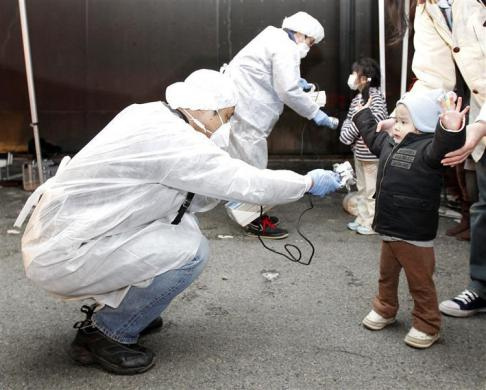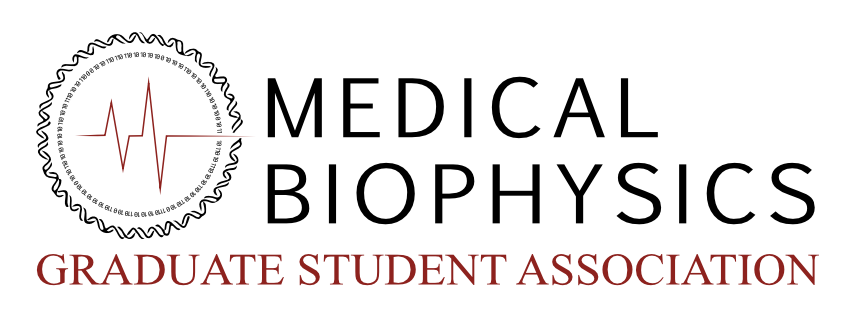Fukushima Daiichi Nuclear Reactors – Fast Facts
 [Photo credit mayak34]
Since the unprecedented earthquake hit Japan and set in motion a catastrophic tsunmami almost 2 weeks ago, energy officials and companies in Japan have scrambled to avert a nuclear disaster. We've been inondated with numbers, images of explosions and buzz-words describing the gravity of the radiation effects from one of the hardest hit plant: Fukushima Daiichi nuclear power station, home to 6 nuclear reactors. But what does all this mean?
[Photo credit mayak34]
Since the unprecedented earthquake hit Japan and set in motion a catastrophic tsunmami almost 2 weeks ago, energy officials and companies in Japan have scrambled to avert a nuclear disaster. We've been inondated with numbers, images of explosions and buzz-words describing the gravity of the radiation effects from one of the hardest hit plant: Fukushima Daiichi nuclear power station, home to 6 nuclear reactors. But what does all this mean?
Below are some facts and figures, from an article on the Scientific American, about the radiation hazard that Japan officials and task forces are faced with:
Radiation dose at the boundary of the Fukushima Daiichi nuclear power station on March 16: 1.9 millisieverts (mSv) per hour
Peak radiation dose measured inside Fukushima Daiichi on March 15:400 mSv per hour
Maximum allowable exposure for U.S. radiation workers: 50 mSv per year
Average exposure of U.S. residents from natural and man-made radiation sources: 6.2 mSv per year Estimated total exposure at the boundary of the Three Mile Island site in Pennsylvania during the 1979 accident there: one mSv or less
Average total radiation dose to the 114,500 individuals evacuated during the 1986 Chernobyl disaster: 31 mSv
Half-life of iodine 131, a dangerous radioactive isotope released in nuclear accidents: eight days
Half-life of cesium 137, another major radionuclide released in nuclear accidents: 30 years
Decay products of iodine 131 and cesium 137: Cesium-137 decays to Barium-137. Gamma rays and positrons are emitted when the cesium-137 decays. Iodine-131, which decays to xenon-131 by positron emission
Amount of nuclear fuel in Chernobyl reactor No. 4 that exploded in 1986:190 metric tons
Amount of nuclear fuel and fission by-products released into the atmosphere during Chernobyl disaster: 25 to 57 metric tons
Approximate amount of nuclear fuel in each crippled Fukushima Daiichi reactor: 70 to 100 metric tons
